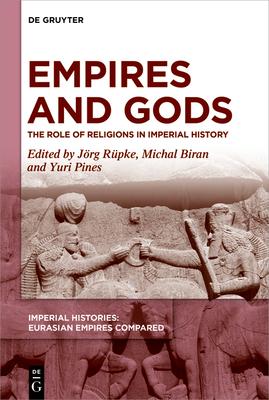Interaction with religions was one of the most demanding tasks for imperial leaders. Religions could be the glue that held an empire together, bolstering the legitimacy of individual rulers and of the imperial enterprise as a whole. Yet, they could also challenge this legitimacy and jeopardize an empire's cohesiveness. As empires by definition ruled heterogeneous populations, they had to interact with a variety of religious cults, creeds, and establishments. These interactions moved from accommodation and toleration, to cooptation, control, or suppression; from aligning with a single religion to celebrating religious diversity or even inventing a new transcendent civic religion; and from lavish patronage to indifference.
The volume's contributors investigate these dynamics in major Eurasian empires--from those that functioned in a relatively tolerant religious landscape (Ashokan India, early China, Hellenistic, and Roman empires) to those that allied with a single proselytizing or non-proselytizing creed (Sassanian Iran, Christian and Islamic empires), to those that tried to accommodate different creeds through "pay for pray" policies (Tang China, the Mongols), exploring the advantages and disadvantages of each of these choices.
